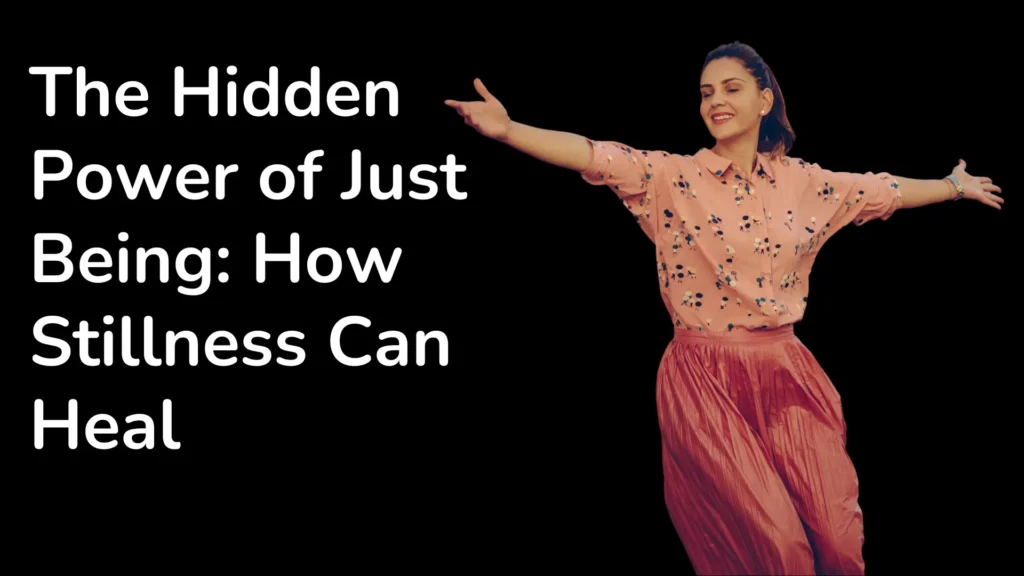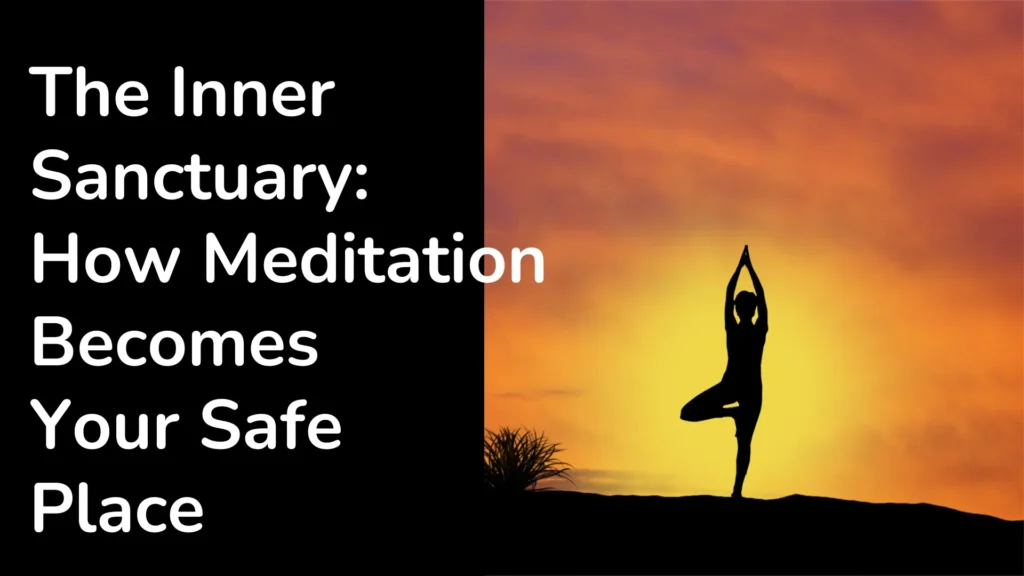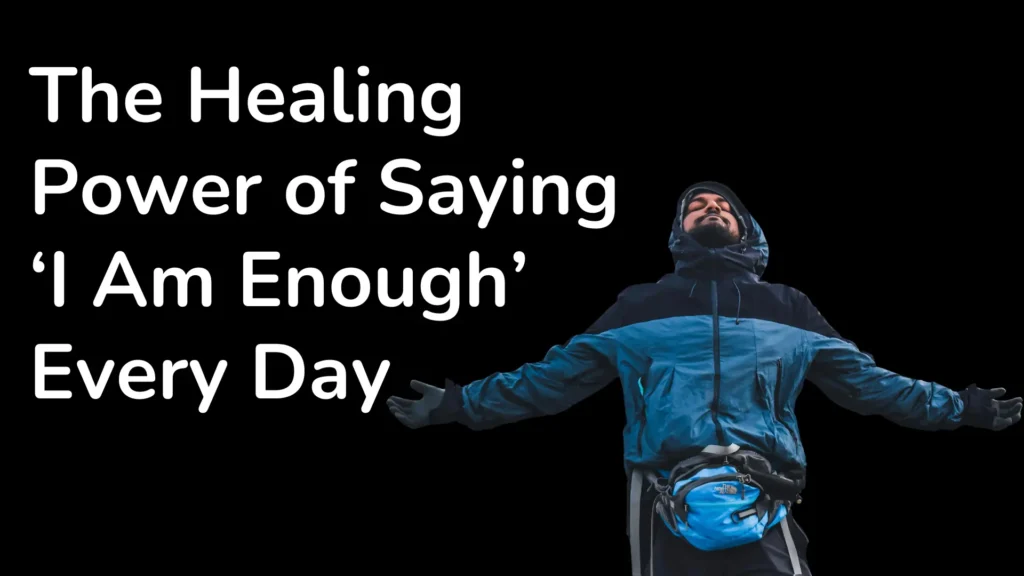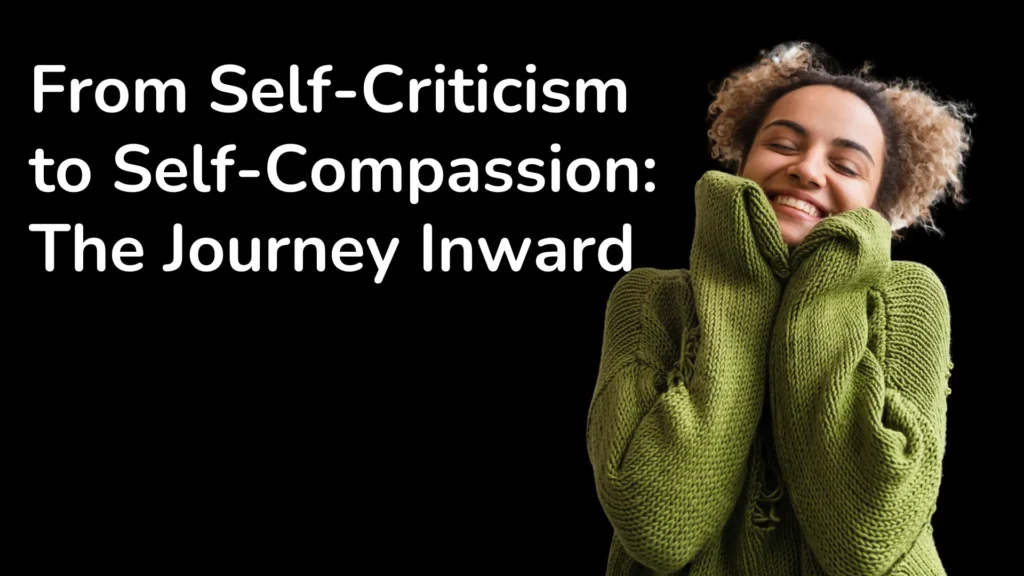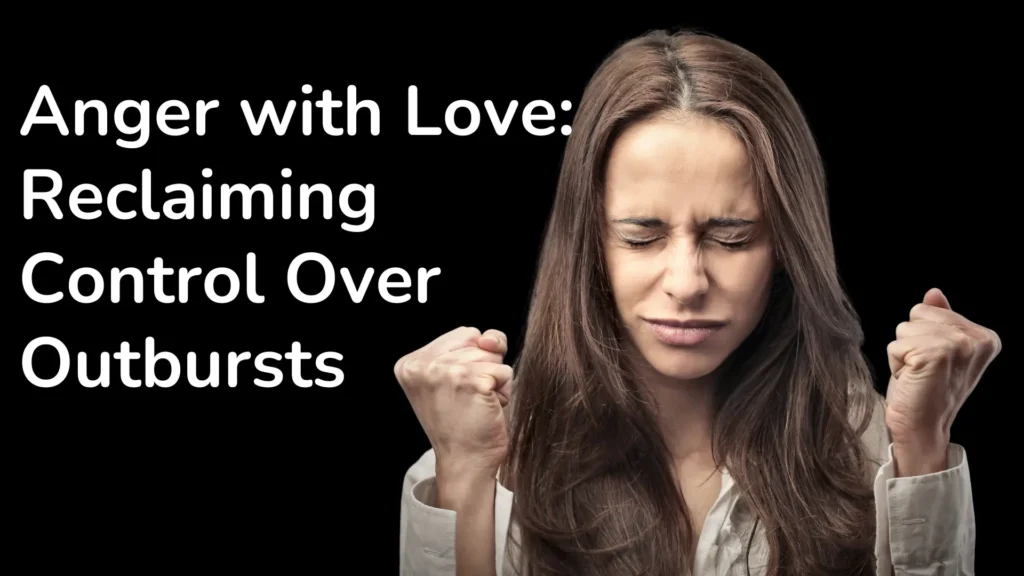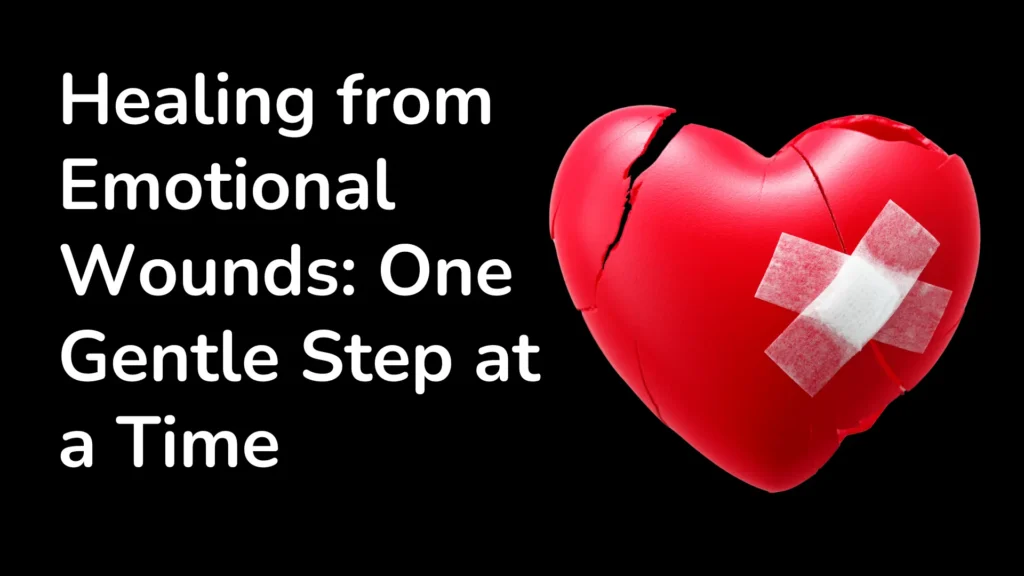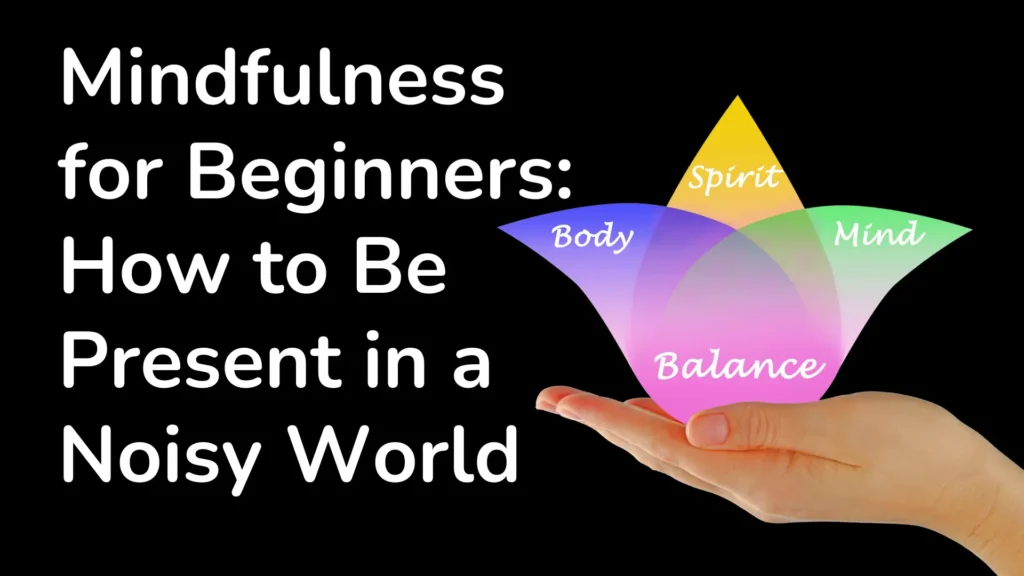The Hidden Power of Just Being: How Stillness Can Heal
We live in a world that constantly pushes us to “do more, achieve more, become more.” The race never seems to end — and in that race, we often forget the simple, life-giving power of just being. Stillness is often misunderstood as laziness or idleness, but in truth, it is one of the most healing and transformative states we can enter. Stillness is not about stopping life. It’s about returning to it. Why Stillness Feels So Powerful ✨ It gives the mind space to breathe.Your mind is like a lake. When it’s constantly disturbed by ripples of activity, you can’t see clearly. But when it becomes still, everything settles, and clarity appears. ✨ It restores the body.Moments of stillness calm the nervous system, lower stress hormones, and allow the body to shift into its natural state of repair and balance. ✨ It heals emotions.When you stop running from one thought to another, you finally give your heart a chance to process what it’s been carrying. Tears may come, or peace may rise — both are healing. ✨ It reconnects you with your essence.In stillness, you realize you are not just your roles, tasks, or worries. You are something deeper — a presence, a quiet awareness that is untouched by the chaos outside. How to Practice the Art of Just Being 🌿 Start small.Take five minutes each day to simply sit in silence. No phone, no music, no agenda. Just notice your breath. 🌿 Be present with your surroundings.Listen to the hum of nature, the sound of your breath, or even the quiet stillness of a room. Let yourself receive rather than do. 🌿 Release the pressure.You don’t need to “meditate perfectly” or control your thoughts. Stillness is about allowing, not forcing. 🌿 Carry it into daily life.Pause before a meeting. Sit quietly before sleep. Take a mindful breath during stress. Stillness doesn’t only belong to meditation — it belongs everywhere. The Healing That Comes From Stillness A Gentle Reminder Healing doesn’t always require grand actions. Sometimes, it begins in the quiet choice to pause. In those moments of stillness, your mind rests, your heart breathes, and your soul remembers who you truly are. Stillness is not an escape. It is a return — a return to yourself, to peace, and to the truth that you are enough, even in silence.


